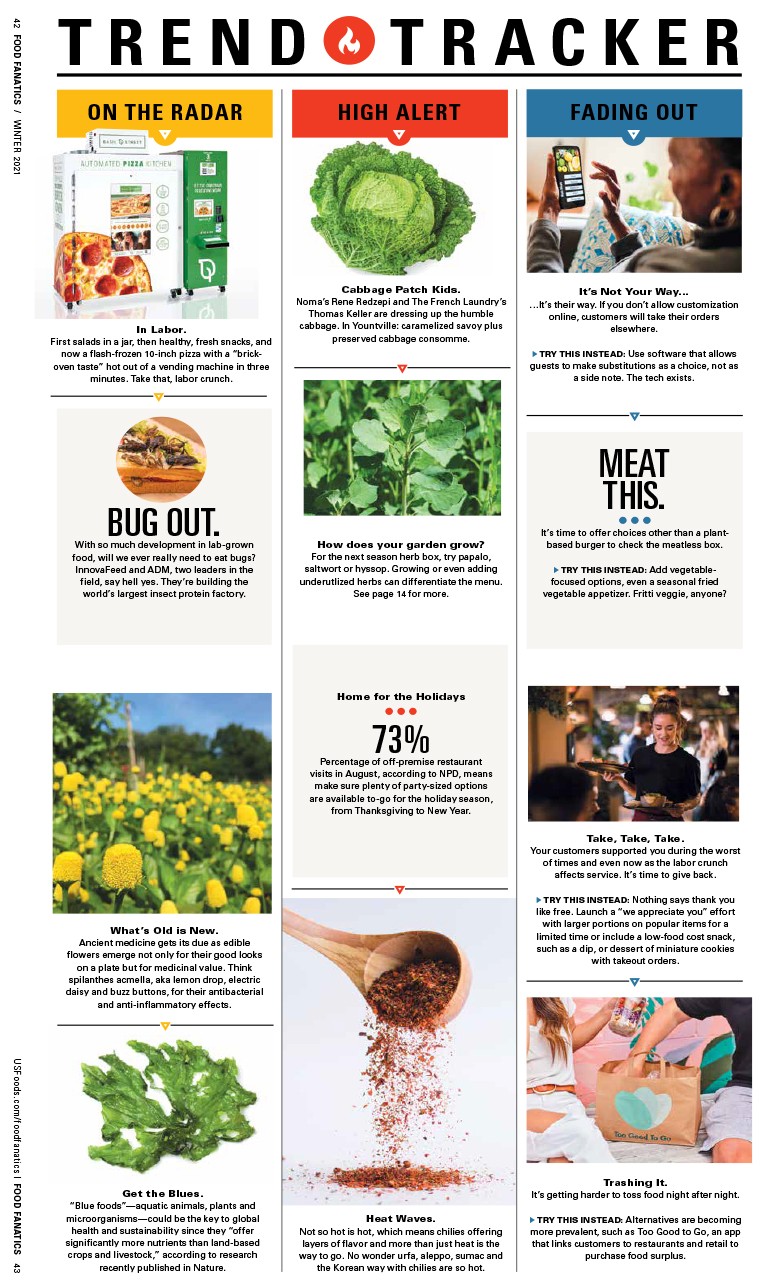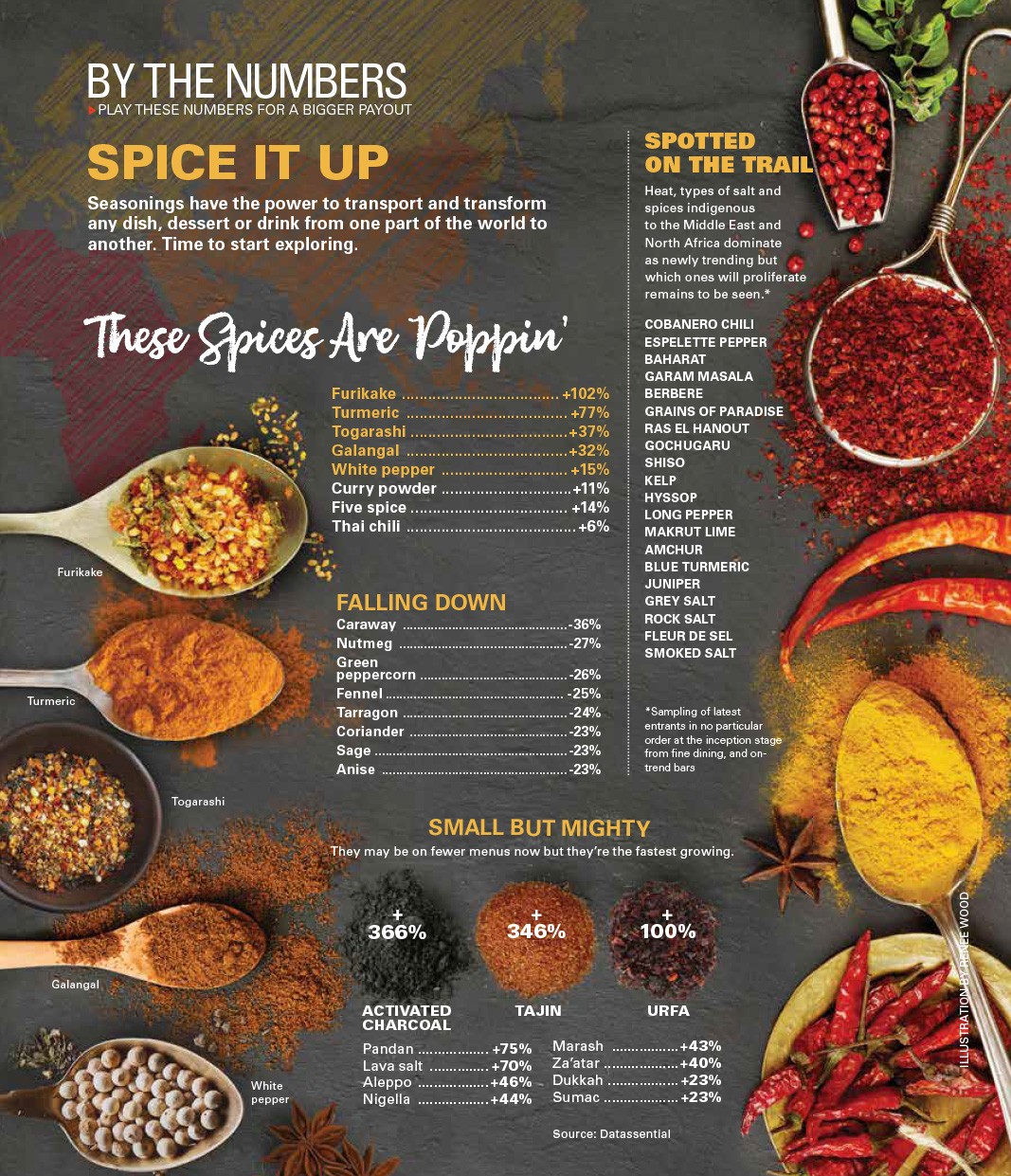A Guide to Great Outdoor Dining
How restaurants have expanded to keep al fresco dining all year.
From four-season climate to perpetual sunshine states, who doesn't go crazy for outdoor dining?
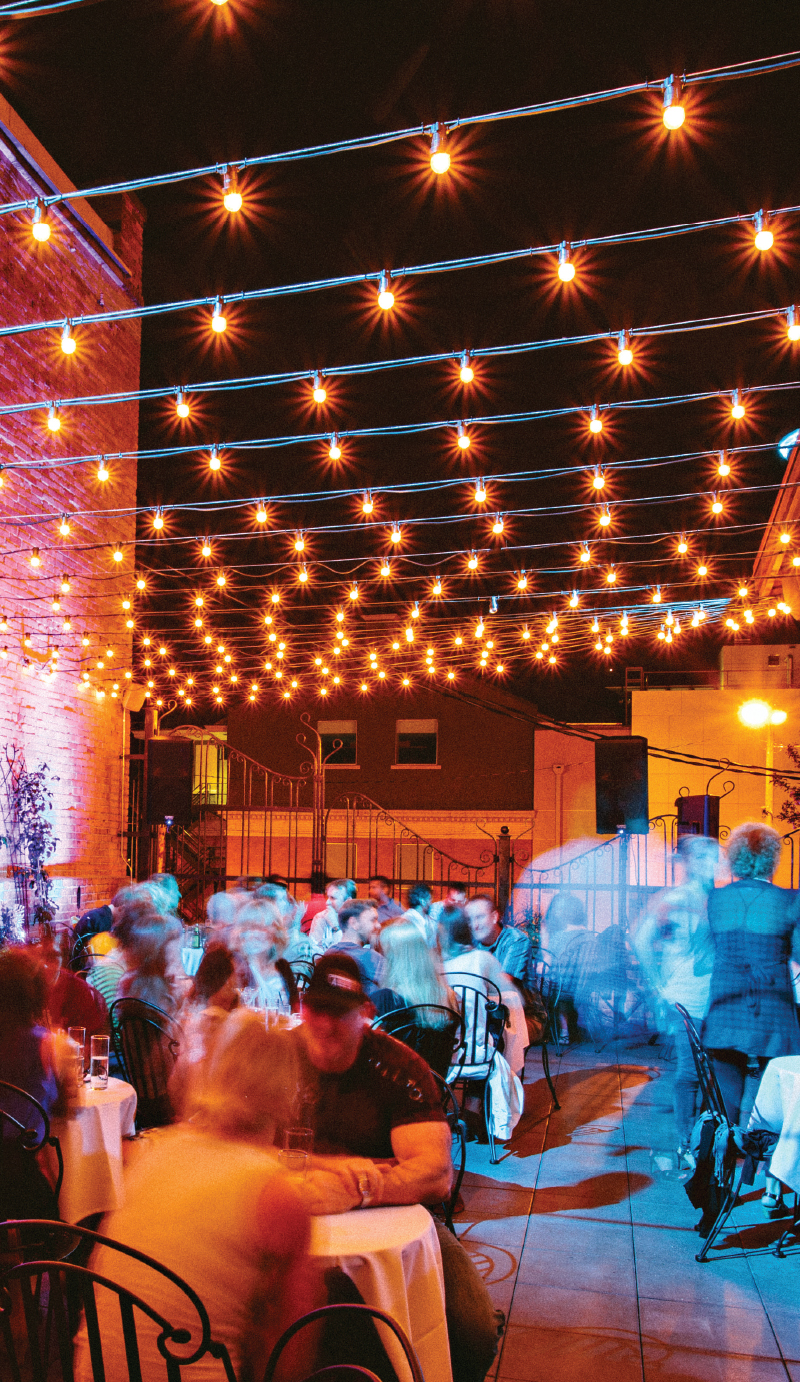
Adding or upgrading some dedicated al fresco space is a major undertaking, but one that can pay major dividends, even if you’re not located in the tropics.
At Sweet Afton, a bar in Astoria, New York, upgrading a back patio—which once served as dead space for seven months of the year—into an enclosed removable-roof area now generates revenue all year. In Missoula, Montana, the rooftop terrace at Plonk wine bar nearly doubles the restaurant’s covers when it’s open from early May to mid-October. And a host of weather-proofing fixtures installed at The Monarch, a cocktail bar in Kansas City, Missouri, make the patio operational about 10 months a year. Plonk draws in a more diverse crowd with a more casual menu. Here’s how to use the great outdoors to generate buzz and major profits.
Patio psychology
Understanding the motivations of outdoor diners is essential. Al fresco dining is generally viewed by customers as more laid-back than an interior dining room, which makes it an attractive option for guests seeking casual dining options.
“Plonk is pushing the boundaries of what some customers are comfortable with and what they’re willing to spend on food. It’s not that we offer a different menu for outdoor seating, but it’s perceived by guests as more casual,” says Ben Burda, general manager of Plonk’s Missoula location. “They’re more willing to give that a try rather than come in downstairs for the full experience.”
The dedicated terrace at The Monarch has a more relaxed dress code than the cocktail/business- casual attire code enforced by its indoor bar. For example, sports jersey are permitted only on the terrace, and only on home-game days.
A smaller patio can also serve as an intimate retreat from a busy, spacious indoor bar like Sweet Afton, says owner Ruairi Curtin: “It’s good for couples who want to vanish away and enjoy their own company.”
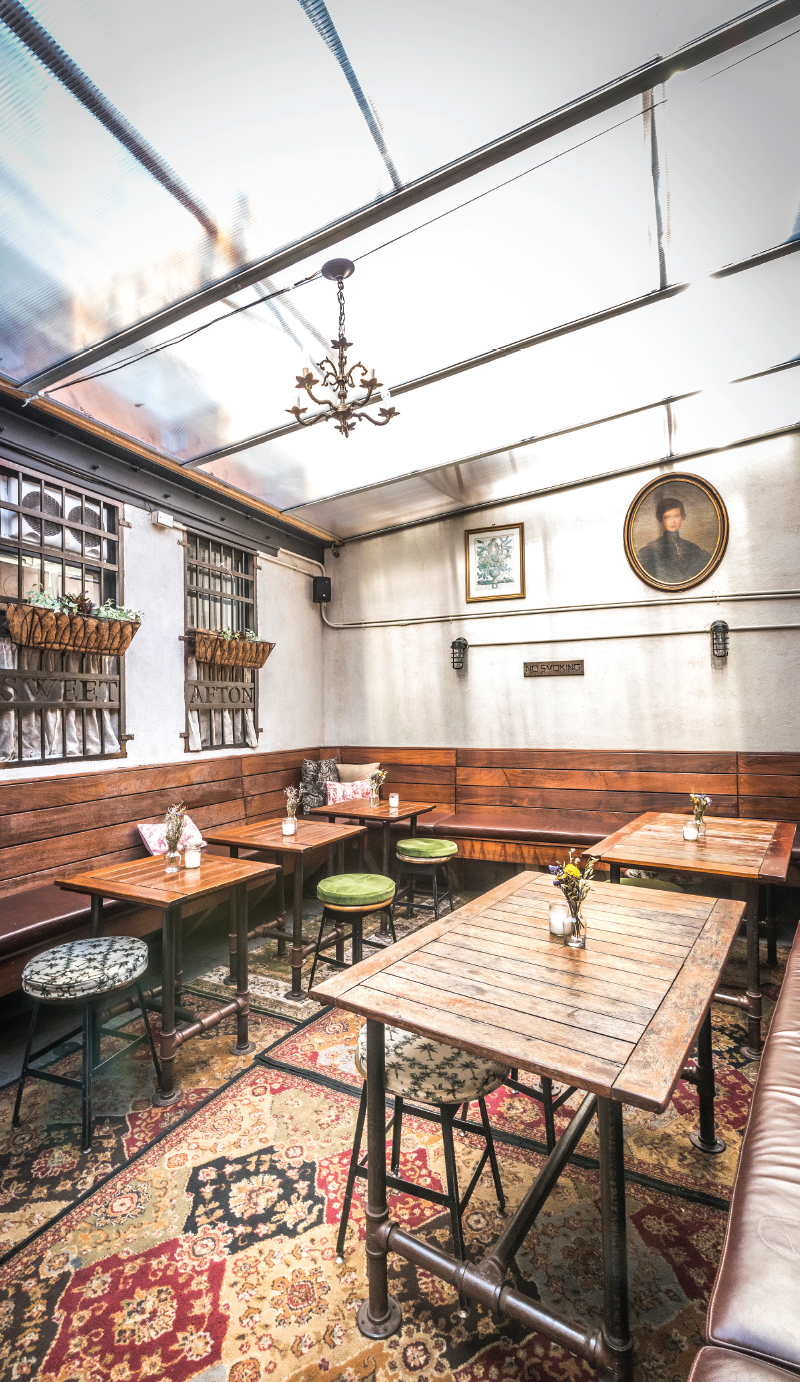
The weather factor
No one can control Mother Nature, but you can mitigate her effects. A glass roof and canvas drapes on The Monarch’s patio make it usable during rain showers; heaters suspended from roof beams keep it operable even when temperatures are in the mid-30s or 40s. A removable roof, walls and heater are set up each winter at Sweet Afton as a flexible solution.
If you’re lucky enough to be able to choose the location for your patio, take into account where sunlight falls during various times of day and the year. Without a roof, it’s important to consider fabrics and furniture that will withstand the elements.
Sweet Afton recently replaced all of its outdoor furniture after it became rain-damaged; the bar still uses wood furniture but sealed it much better and plans to make weather-proofing an annual task. Easily cleaned outdoor furniture is also a must; The Monarch uses a durable umbrella-type canvas for its curtains. It’s a bonus if the furniture is easily assembled and disassembled. If you don’t have a way to secure your outdoor area, cushions and umbrellas will need to be taken indoors at night.
When weather just won’t cooperate, it’s crucial to have an over ow area for guests. At Plonk, the downstairs dining room and bar can almost always accommodate spillover from the patio during rain showers.
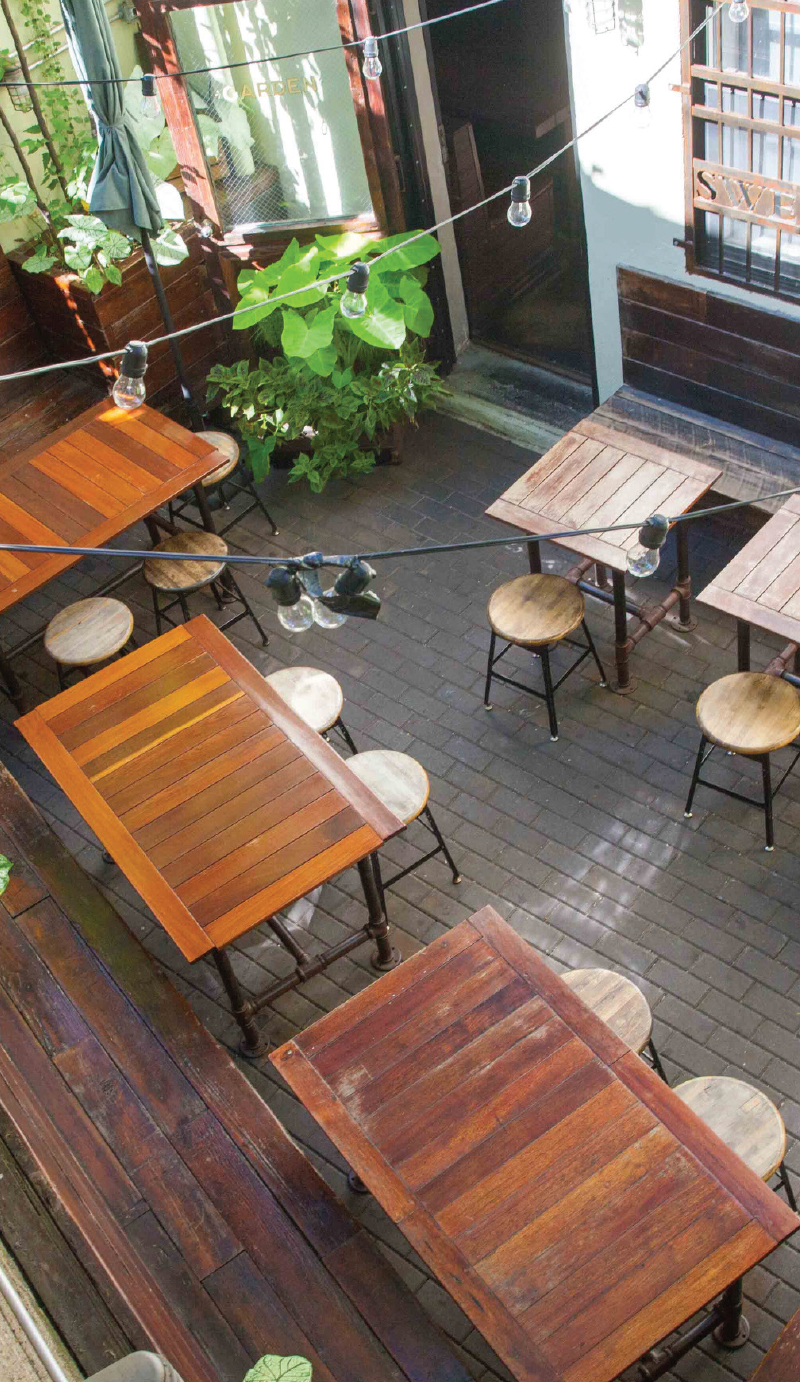
Setting staff up right
The team behind Sweet Afton also owns another Astoria bar, The Bonnie, with an outdoor patio that seats 120. Staffing that area, especially when weather is variable, becomes a challenge.
“It’s trying to manage the swells. You’re trying to keep your staff happy but also your labor costs under control; it’s difficult to manage at times,” Curtin says. “It’s something that you have to continually work on.”
Burda says that finding seasonal staff has also been a challenge for Plonk because the wine bar maintains such high standards. Promoting from within, like bringing a busboy up to a server, keeps training hours to a minimum. Proximity to a local university doesn’t hurt, either, with plenty of students in town looking for part-time or summer jobs.
While Plonk does expand its roster of summer servers, the restaurant doesn’t hire any additional kitchen staff due to square footage constraints. Instead, the restaurant tweaks its menu to lighten the back-of-house load.
“Menu design becomes incredibly important as we’re now looking at around 200 seats instead of 100,” Burda says. “We get to move more toward cold dishes rather than all hot dishes on the menu as we roll into summer, so that’s a way to spread out which stations each dish is coming off of and who’s preparing those.”
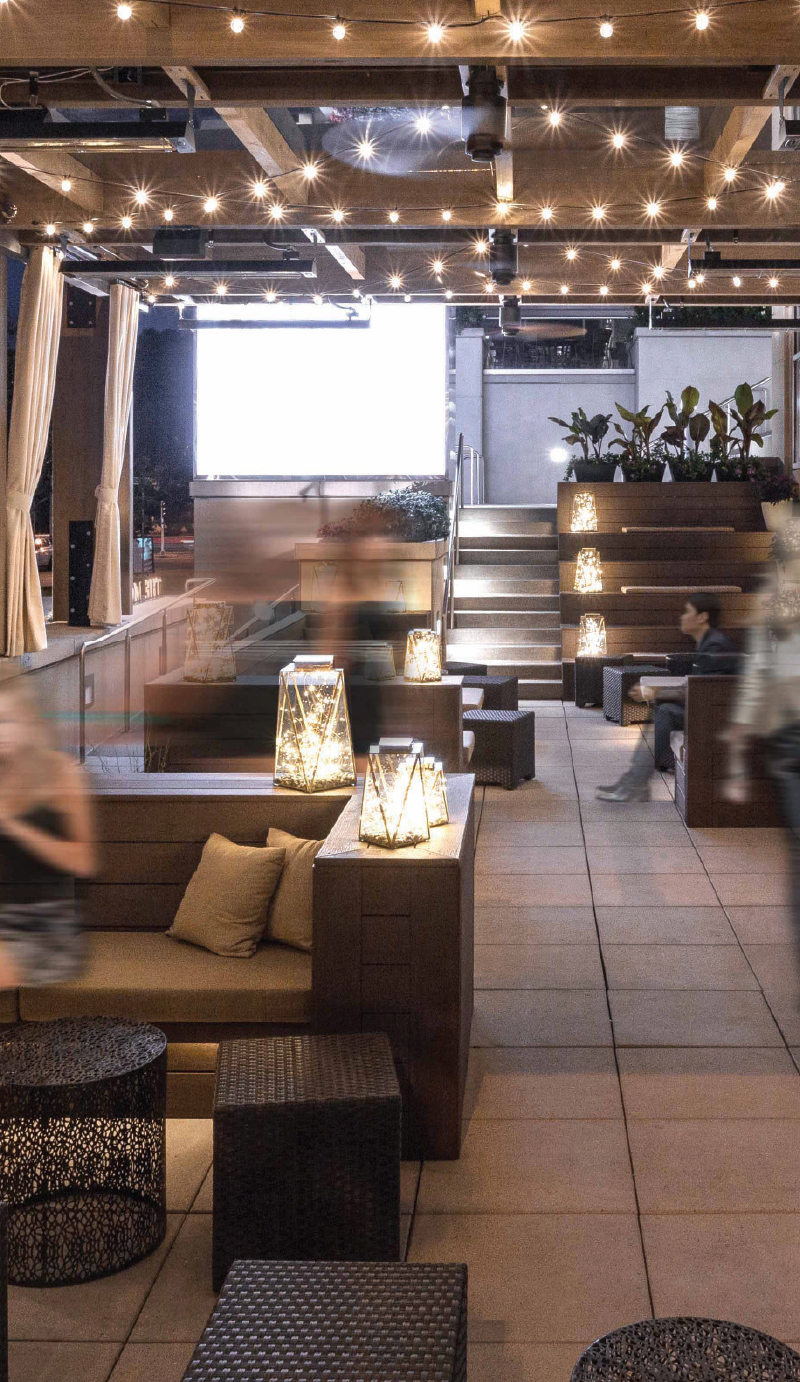
Optimize the space
Even with adequate staffing, servers and runners can quickly get slammed in a busy outdoor area with lots of large parties. Monarch owner David Manica plans to debut a dedicated bar for this season that will not only expedite drink service but also allow outdoor guests to watch their drinks being made—an appealing perk for bar guests.
At both Sweet Afton and The Bonnie, ownership installed POS systems and water stations outdoors to increase efficiency. Carafes allow servers to refill enough for an entire table rather than shuttling individual glasses.
Shareable alcoholic drinks, including pitchers of margaritas, punch bowls or large-format beer bottles, are a boon for satisfying large parties. Designing a menu filled with shareable items cuts down on runners’ delivery times and bartenders’ drink prep times, thus ensuring everyone is served at once.
Once these basics are covered, it’s time to sweat the details that will make your specific outdoor area memorable: Lush greenery, eye-catching textiles, funky finishes and variable lighting should match the rest of the concept. That way, your al fresco space becomes transportive without straying too far from your identity.


